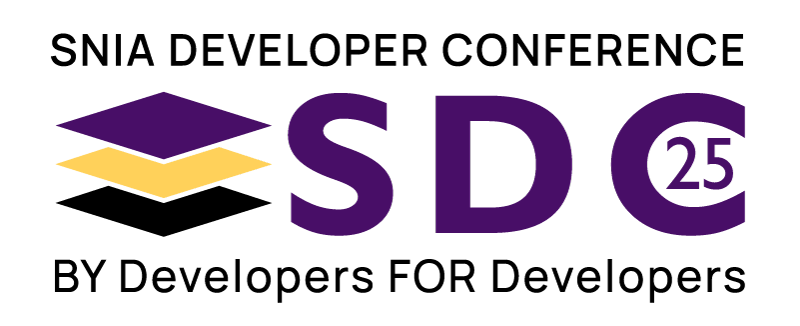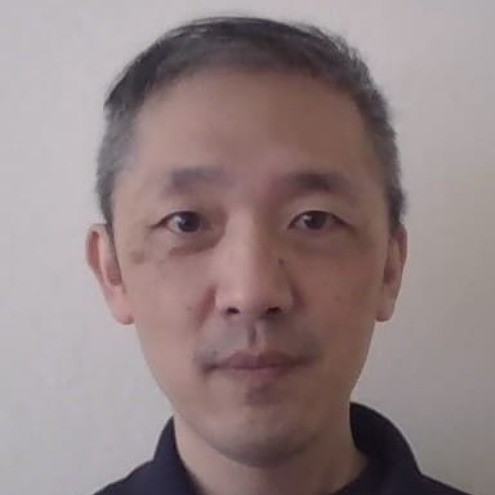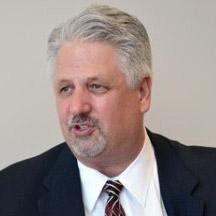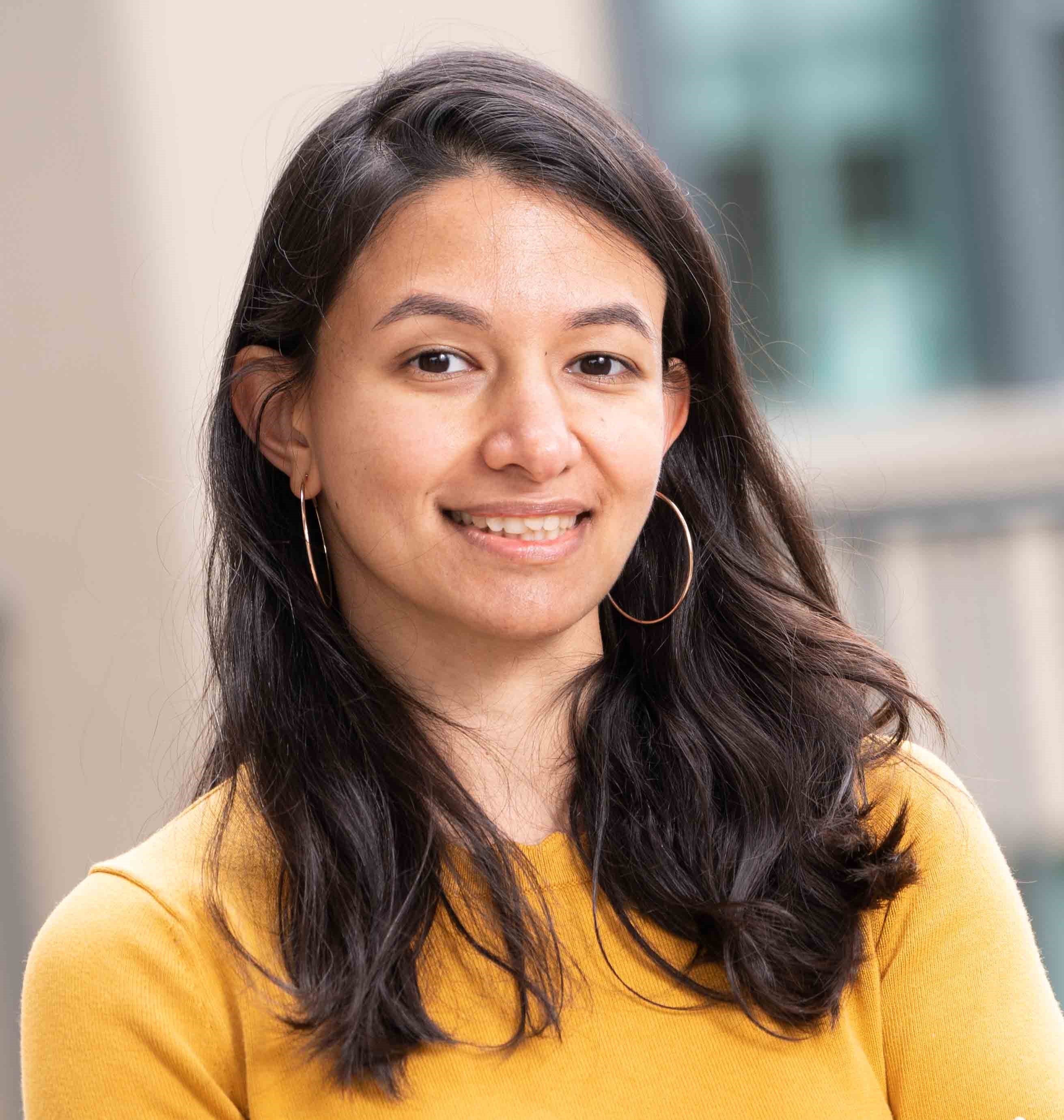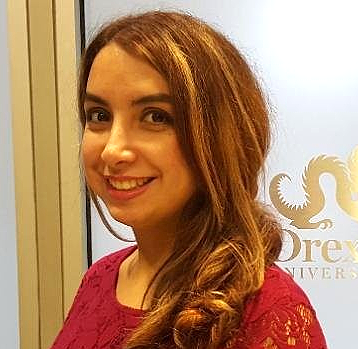SNIA Developer Conference September 15-17, 2025 | Santa Clara, CA
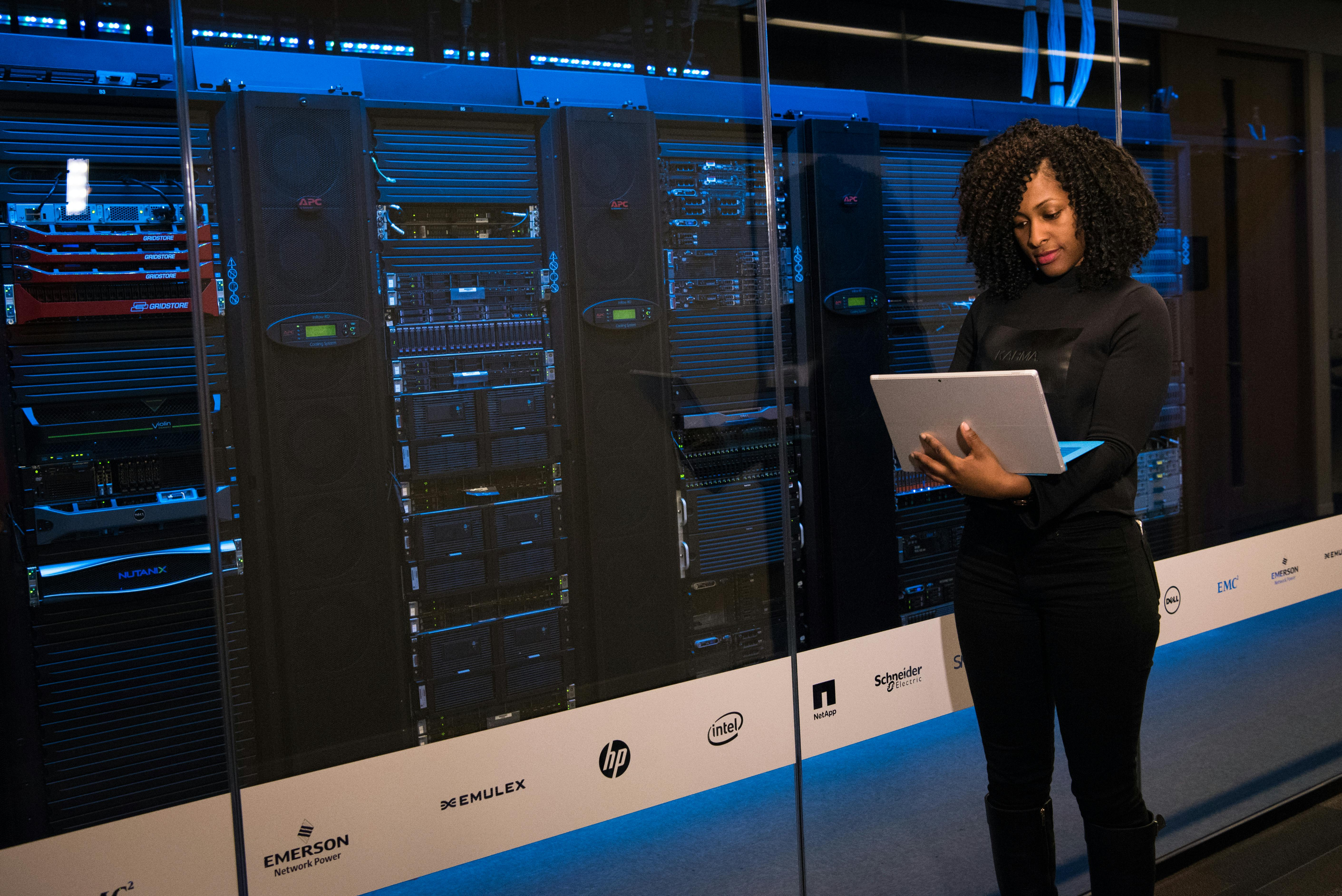
Product Circularity: Integrating Sustainability into Storage Design and Development
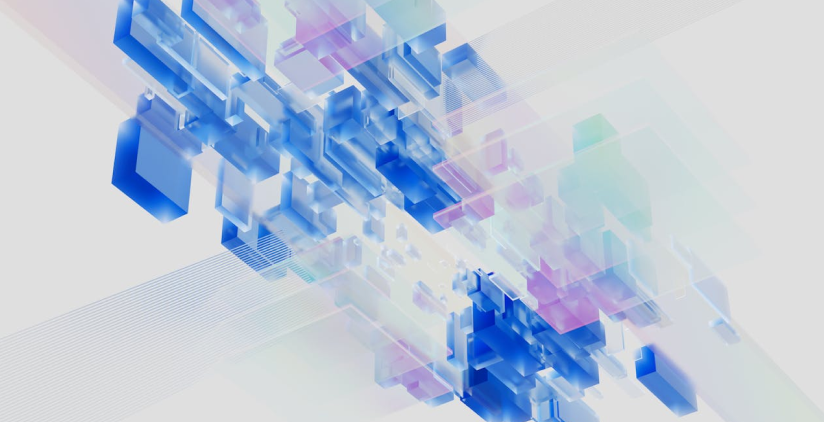
Lafayette/San Tomas
Wed Sep 18 | 1:30pm
Abstract
The rapid growth of digital data and the increasing demand for storage solutions present challenges and sustainability opportunities. This session will explore how storage developers can embrace circular economy principles to reduce the environmental impact of storage devices and address supply chain constraints.
Key Takeaways:
- Understanding the Scope of Storage Emissions: Learn how Scope 1, 2, and 3 emissions apply to the storage industry and the importance of Life Cycle Assessments (LCAs) in evaluating environmental impact.
- The Circular Drive Initiative and Data Sanitization: Explore the potential of secure data erasure and refurbished drives to extend the life of storage devices and reduce waste.
- Carbon Accounting at the Rack Level: Discover how the OCP Carbon Accounting workgroup is developing frameworks for measuring carbon emissions at the data center level.
- Emerging Technologies for Sustainability: Learn about innovative approaches like immersion cooling for storage, which can lower energy consumption and extend device life.
- Quantifying the Economic Potential of Reuse: Gain insights from market analysis on the economic viability of refurbished storage devices and the factors influencing their value.
- Technical Requirements for Reuse: Understand the key metrics that determine the suitability of storage devices for reuse, including data security, device health, and performance.
This session is ideal for storage developers, engineers, architects, and anyone interested in the intersection of storage technology, sustainability, and the circular economy.
Join us to learn how you can contribute to a greener and more sustainable future for data storage!
Learning Objectives
Learn how you can contribute to a greener and more sustainable future for data storage
Understand the scope of storage emissions
Learn about the Circular Drive Initiative and Data Sanitization
Discover OCP Carbon Accounting workgroup initiatives

Related Sessions
Advancing the AI Factory Sustainability
ChatGPT began AI's watershed moment that triggered IT infrastructure's tectonic shift and race in extraordinary and lasting commitments to AI Factory. Many governments and enterprises alike are making enormous capital and people investments to not be left behind the AI boom. Corporate boardrooms are evaluating purposeful infrastructure plans. What is the best architectural decision - retrofitting, built from scratch or adopt a wait-and-see? This fork in the road has given pause and decision paralysis to some infrastructure decision makers. Our talk examines the AI Factory Spectrum to identify solutions that advance the infrastructure challenge sustainably.
SNIA Emerald Update for V1.0 Device and V5.0 System Specifications
Learn about the new SNIA Emerald V1.0 Device Power Measurement Test Specification, the tools and methods to measure an enterprise data storage device. A useful new metric for system supply chain and hypervisor vendors to evaluate devices with enterprise data enter workloads. In the near future, some regulatory bodies may cross-reference in their regional energy conservation programs. Learn about the changes as part of SNIA Emerald V5.0 System Power Measurement Test Specification, the tools and methods to measure an enterprise data storage system. A cross-referenced specification by the USA EPA Energy Star program and the EU Lot 9 Commission for vendors to test, report and submit enterprise data center workloads metrics as part of procurement requirements set by regulatory bodies as part of their regional energy conservation programs.
Panel: Driving Sustainability in Datacenters – Standardizing Carbon Assessment Methodologies
As the demand for cloud services continues to grow, so does the environmental impact of datacenters. Accurately measuring and managing carbon emissions is essential to advancing sustainability goals—but today’s approaches to carbon assessment vary widely across the industry. The panelists include Sustainability experts from Google, Meta, and Microsoft to discuss how the cloud industry can align on Product Category Rules (PCRs) and Lifecycle Assessment (LCA) standards to drive consistency, transparency, and real impact. PCRs serve as foundational guidelines for conducting LCAs, the methodology used to quantify the carbon footprint of devices and services. With a standardized PCR framework, cloud providers can perform have comparable, credible, and actionable carbon assessments—supporting better decision-making across procurement, design, and operations. Our panelists will explore the current state of carbon accounting practices in datacenters, highlight challenges in today’s fragmented landscape, and share insights into collaborative efforts underway to build unified sustainability frameworks. Attendees will gain a clearer understanding of how the industry can move from individual initiatives to collective impact, accelerating progress toward net-zero ambitions through measurable, standardized carbon assessment.
